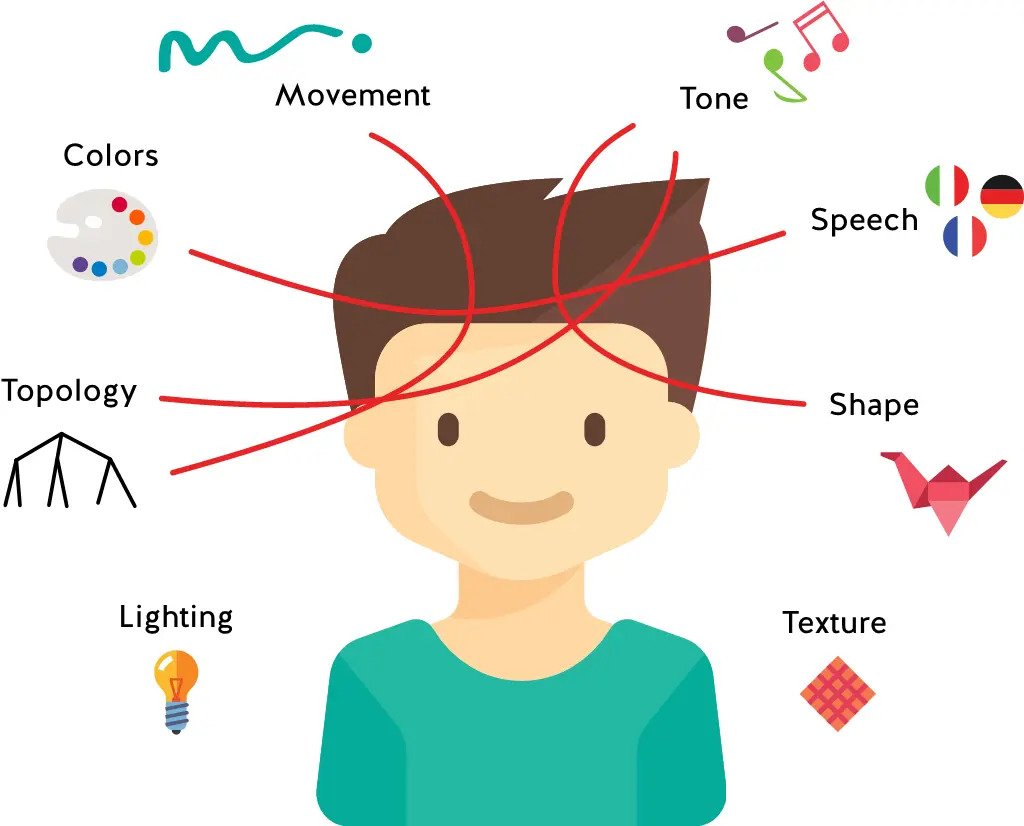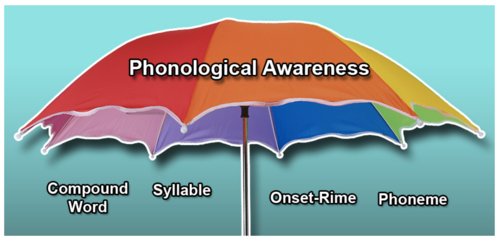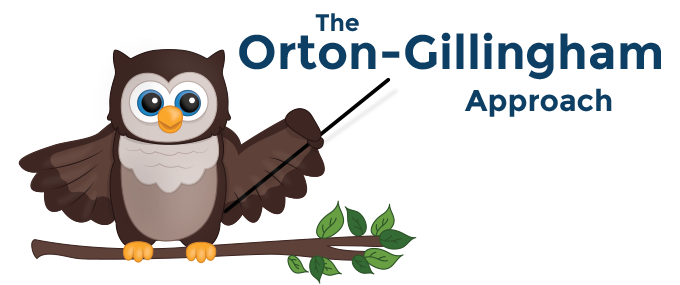Multisensory Teaching:
This approach means engaging multiple senses (visual, auditory, and kinesthetic) to enhance learning. It involves using interactive methods to establish reading and spelling skills.
-Some examples of this sort of activity include:
-Using textured materials to trace letters and words while saying their sounds aloud.
-Incorporating movement or gestures into spelling lessons- “air writing letters”
-Using tactile letters to build words and practice phonics.
CAPITAL_LETTERS
LOWERCASE_LETTER_practice





